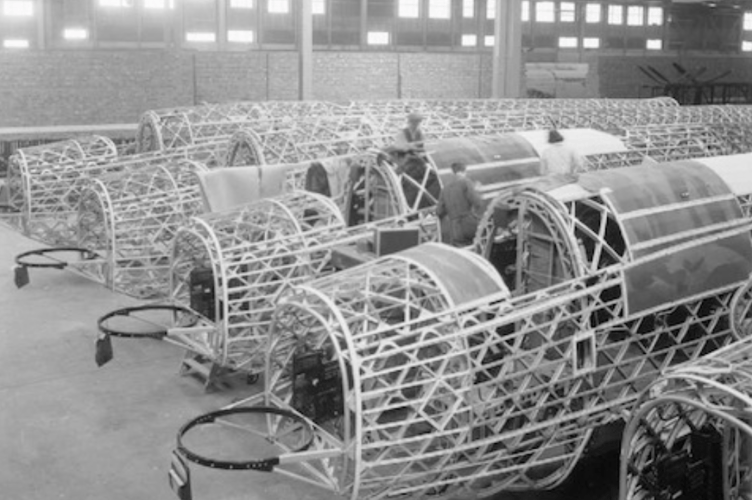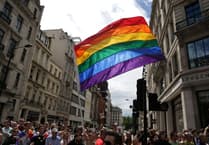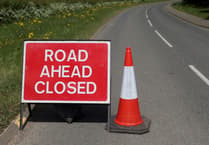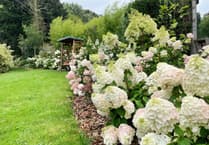PEEPS Into the Past reader William Francis has always lived in Woking, apart from when serving in the RAF and then the Fleet Air Arm during the Second World War.
Although William is approaching his 100th birthday, his memory is razor sharp. It was a privilege to meet up with him again to hear some of his fascinating stories.
In 2018, the Peeps column featured William’s memories of working for the Woking Electric Supply Company (WESCO) and later the South East Electricity Board. This time, we go back to his childhood and his early days of work.
He was born on 9 May 1922 and admits his early life was tough. His parents parted, so he, his mother and younger brother moved into lodgings on the corner of Abbey Road and Arthur’s Bridge Road, Woking.
At the age of five he went to Horsell Infant School. Later, he became a pupil at Horsell Church School. When he was 11, he moved on to Goldsworth School, which, he chuckled “was said to be an academy for young gentlemen”.
He left school aged 14 – and his first job was as an errand boy with the News & Mail in Chertsey Road. But he didn’t like it much as one of his tasks was to clean the rollers of the printing press that was at the back of the building.
He recalled being sent to the railway station to collect printing blocks – possibly advertisements – that had been sent to the newspaper for publication. The works foreman was Mr Fraser. And when William quit, Mr Fraser – who wore a homburg hat – was not pleased.
William had already applied for a job with WESCO, but there were no immediate vacancies. But he only had to wait a couple of weeks before he was offered an interview with Mr Woods at the firm’s office in Chobham Road.
William said: “He asked me if I could write and if I was strong. I replied ‘yes’ and he then said to me ‘You can start on Monday’. He didn’t believe in apprenticeships and told me I would learn on the job with the other tradesmen.”

His work as an electrician involved going to various locations in the area. In 1937 he was working in a gang that installed power points and lighting in new hangers at Brooklands.
During the first part of the Second World War, while still with WESCO, his work took him to Carden Loyd in Chertsey. This company was making tracked vehicles for the war effort.
William recalled that while he was at Carden Loyd, the firm was experimenting with making amphibious vehicles. “It was all top secret stuff,” he said.
Immediately after the bombing raid by the Luftwaffe on the Vickers-Armstrong factory at Brooklands in September 1940, the job of making further parts for aircraft was contracted out to other local firms. These included a machine tool firm in Hersham, where William went to wire up equipment.
One day, his foreman told him he had better be on his best behaviour as he was going to work at Smith’s Lawn, at Englefield Green, which was a grass airstrip within Windsor Great Park. The airstrip was used by royalty.
It was to Smith’s Lawn that Vickers-Armstrong transferred some of its aircraft production from Brooklands.
William’s working hours were 7am to 5pm. He recalls there were two hangers and a canteen, and he worked at Smith’s Lawn for four months.
In 1942, he received his call-up papers for military service – but that’s another story for another time.
If you have some memories or old pictures relating to the Woking area, call David Rose on 01483 838960, or drop a line to the News & Mail.
David Rose is a local historian and writer who specialises in what he calls “the history within living memory” of people, places and events in the west Surrey area covering towns such as Woking and Guildford. He collects old photos and memorabilia relating to the area and the subject, and regularly gives illustrated local history talks to groups and societies. For enquiries and bookings please phone or email him at: [email protected]




.jpeg?width=209&height=140&crop=209:145,smart&quality=75)